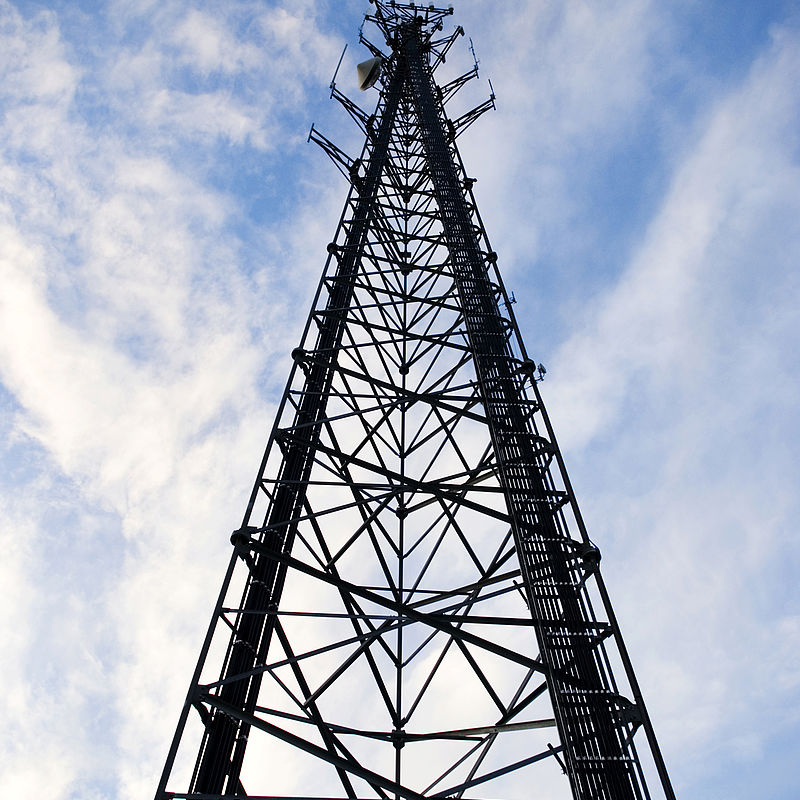
Supporting mobile network expansion
Challenge
Our increasing use of mobile phones for accessing the internet, checking train times, and transferring money online, relies on communication networks that can match our rising expectations. Good quality signals, data transmission speeds, and network coverage are essential for reliable network operation, and in rural areas connectivity must improve to provide the service network users anticipate. One solution is to increase the number of mobile phone masts, but there are growing concerns over potential risks associated with exposure to the non-ionising radiation they emit. Environmental regulations set strict limits for the maximum transmission power of radio masts, and require network operators to make on-site measurements to demonstrate compliance.
Changing volumes of mobile calls, texts, and online service usage causes mobile phone mast signal strength to vary significantly throughout the day making assessments of it difficult. Networks send engineers to measure mast radio frequency transmission strengths using handheld probes, which require robust links to lab-based calibrations to ensure accuracy on-site – a prerequisite for determining any non-ionising radiation exposure hazard.
Solution
The EMRP project Metrology for optical and RF communication systems developed an improved calibration setup for hand-held radio frequency probes and a statistical method for calculating the maximum transmission power of mobile phone masts. To link the on-going performance of probes on site to lab calibrations, the project has introduced the use of radio mast signals broadcast at constant power for connecting mobile phones to networks. Coupled with the project’s statistical approaches for determining total radio signal power, engineers using handheld probes can now accurately determine signal strengths as these fluctuate over time. Project developments provide laboratories certifying hand-held probes with robust links to SI units, and their users with a reliable and straightforward statistical method for determining whether a mobile base station’s transmission power is within regulatory limits.
Impact
NED-TECH GmbH, a Swiss company providing transmission power measurement services for communication network masts, has been one of the first to use the project’s new calibration setup and statistical method for determining maximum transmission power. This has enabled NED-TECH to more accurately and reliably measure emitted radiation from mobile network masts.
By providing robust tools and techniques for measuring radiated signal strength, those monitoring mobile phone mast transmission powers can now have greater confidence in their measurements. In turn, this supports efforts to ensure that radio frequency signals from mobile network communication masts do not exceed environmental radiation emission regulations. In Switzerland network operators could demonstrate that masts operating at 2G and 3G did not exceed the most stringent regulations in Europe. Now they have the tools to demonstrate that masts with 4G also comply to these limits. In helping to address concerns over non-ionising radiation emission that could impact planning considerations for phone masts, the results from this project will promote the effective and safe expansion of the mobile communications infrastructure.
- Category
- EMRP,
- Industry,
